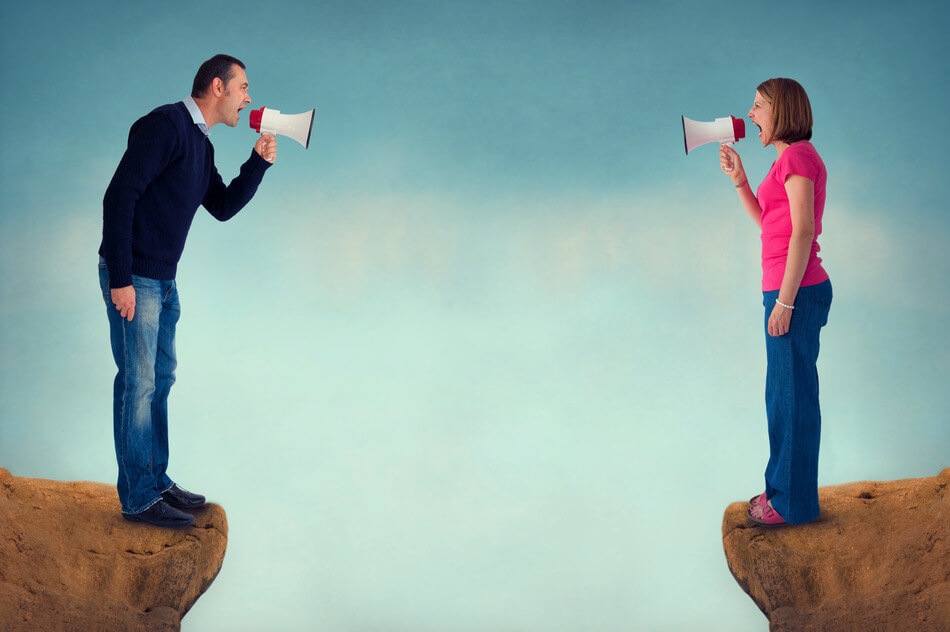A study of over 3000 people discovered that men and women have yet another difference: the way they process emotions. According to researchers, this means that they remember different things about an experience. Knowing that the memory of the experience is what makes a Customer return, every organization should adapt their experience to appeal differently to the gender of the Customer.
The Journal of Neuroscience published a study last month that showed women were more likely to remember an emotional image than men. Participating in four different trials, the participants, 3,398 in all, were asked to look at pictures, some of which were designed to be neutral while other were designed to evoke emotional responses. The researchers discovered women responded more to the emotional images (particularly the negative ones) than the men and were able to recall them better when tested later.
Lead researcher, Dr. Annette Milnik said of the study on PsyBlog.com, “This would suggest that Gender-dependent differences in emotional processing and memory are due to different mechanisms.”
Most of us don’t need a study to tell us there are differences between men and women. I do want to be very clear, I am not saying that this is because of nature or nurture, it could be either, it could be both. I say this because in the past, when I have raised the issue of the differences between the sexes, some people called me a misogynist for even suggesting there is a difference. I would like to state for the record that I do not think the differences make the sexes unequal in any way. What I am trying to deal with is the reality of today that for whatever reason there are differences. Given that this means when you are designing an emotionally engaging experience for your Customers, you could consider to have a male and a female version of it, if that is appropriate.
When you think about it, this already happens in experiences today. There are men and women’s clothing stores, and they have different designs. There are magazines that target men and those that target women. Who hasn’t noticed that the Lifetime channel has a slightly different tone in its presentation than FX? There are experiences designed all the time that are gender specific. So why not in a Customer Experience as well?
According to the study, women responded with more brain stimulation when they looked at emotionally provocative images. Different parts of their brain were activated then the men in the study. Because of this, they had a stronger emotional response to the image and were able to recall it better later. To me, this says that if your experience is targeting women, you should use more images that evoke the emotion you want your Customers to feel during your experience. If it targets both men and women, just remember that the women will respond more to the emotionally-charged images than the men will.
I wrote a post a while ago exploring why the memory of your experience is more important than the actual experience you had. It is at this point where the emotions you felt during the experience play an important part. You don’t come back to an organization again because of the experience you had, but for the experience you remember you had.
With the importance of memory of an experience in mind, one of the concepts we teach our clients is the Peak End Rule. The Peak End Rule is that people judge their experience by how they felt at its most intense moment and the end of it, and they forget the other parts over time. For this reason in our Advanced Customer Experience Management Certification course, we teach our clients it is important to make the intense moment positive and near the end of their Customer Experience to create the best possible memory that brings Customers back.
What this new research indicates to me is that women are likely to feel the emotions of an experience in a different and more stimulating way, so their emotional peak has the potential of being more intense. Also, it could change how they remember the experience over their male counterparts. Adjusting your experience to appeal to this quality might help create better memories for your female Customers and create more loyalty in that base.
So how would these gender-specific experiences work or look? It’s not like you can set up doors with the triangle and circle on them and have each of the sexes enter through the appropriate door. Nor am I suggesting that one of the experiences is in blue and the other in pink. But perhaps if you are designing an Experience for a target, be sure that you take into account what gender you are targeting and design the experience around their strengths. If your experience targets both sexes, as many do, then you might design options within the experience that accommodate the different genders appropriately.
What do you think? Should there be gender specific Customer Experience designs? I’d be interested to hear your thoughts on this in the comments below.
For more concepts like the Peak End Rule and other important Customer Experience concepts, register for our Advanced Customer Experience Management (CEM) Certification Course beginning on April 20th.
Please click here to learn more.
If you enjoyed this post, you might be interested in the following blogs:
Colin Shaw is the founder and CEO of Beyond Philosophy, one of the world’s first organizations devoted to customer experience. Colin is an international author of four bestselling books and an engaging keynote speaker.
Follow Colin Shaw on Twitter @ColinShaw_CX


